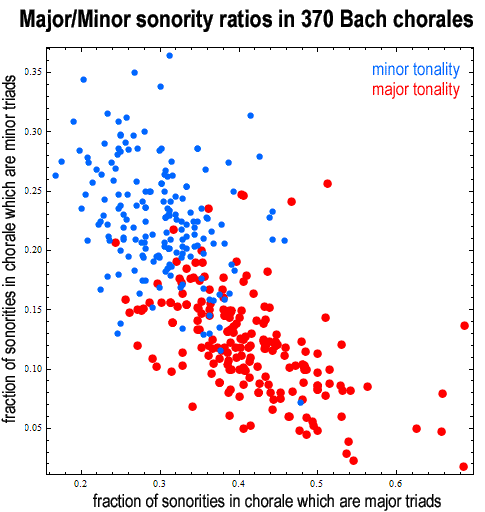
Second, we reanalyze consonance perception data from four previous studies representing more than 500 participants ( Bowling et al., 2018 Johnson-Laird et al., 2012 Lahdelma & Eerola, 2016 Schwartz, Howe, & Purves, 2003). First, we critically review historic consonance research from a broad variety of disciplines, including psychoacoustics, cognitive psychology, animal behavior, computational musicology, and ethnomusicology. Here we question whether harmonicity is truly sufficient to explain simultaneous consonance perception. Recently, however, a consensus is developing that consonance primarily derives from a chord’s harmonicity ( Bidelman & Krishnan, 2009 Bowling & Purves, 2015 Cousineau, McDermott, & Peretz, 2012 Lots & Stone, 2008 McDermott, Lehr, & Oxenham, 2010 Stolzenburg, 2015), with this effect potentially being moderated by musical exposure ( McDermott et al., 2010 McDermott, Schultz, Undurraga, & Godoy, 2016). Many psychological explanations for simultaneous consonance have been proposed over the centuries, including amplitude fluctuation ( Vassilakis, 2001), masking of neighboring partials ( Huron, 2001), cultural familiarity ( Johnson-Laird, Kang, & Leong, 2012), vocal similarity ( Bowling, Purves, & Gill, 2018), fusion of chord tones ( Stumpf, 1890), combination tones ( Hindemith, 1945), and spectral evenness ( Cook, 2009).

The opposition between consonance and dissonance underlies much of Western music (e.g., Dahlhaus, 1990 Hindemith, 1945 Parncutt & Hair, 2011 Rameau, 1722 Schoenberg, 1978). Consonant tone combinations tend to be perceived as pleasant, stable, and positively valenced dissonant combinations tend conversely to be perceived as unpleasant, unstable, and negatively valenced. Simultaneous consonance is a salient perceptual phenomenon that arises from simultaneously sounding musical tones. We hope that this package will facilitate further psychological and musicological research into simultaneous consonance.

We formalize this conclusion with a computational model that predicts a musical chord’s simultaneous consonance from these three features, and release this model in an open-source R package, incon, alongside 15 other computational models also evaluated in this paper. We conclude that simultaneous consonance is a composite phenomenon that derives in large part from three phenomena: interference, periodicity/harmonicity, and cultural familiarity. Here we question this view, substantiating our argument by critically reviewing historic consonance research from a broad variety of disciplines, reanalyzing consonance perception data from 4 previous behavioral studies representing more than 500 participants, and modeling three Western musical corpora representing more than 100,000 compositions.

Various competing theories of consonance have been proposed over the centuries, but recently a consensus has developed that simultaneous consonance is primarily driven by harmonicity perception. Simultaneous consonance is a salient perceptual phenomenon corresponding to the perceived pleasantness of simultaneously sounding musical tones.


 0 kommentar(er)
0 kommentar(er)
